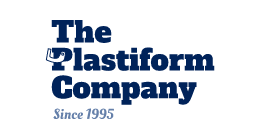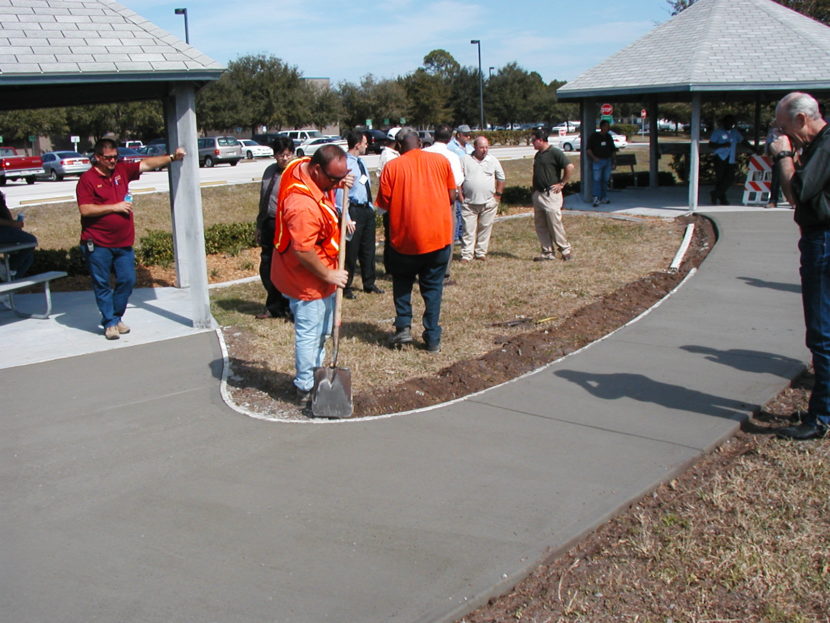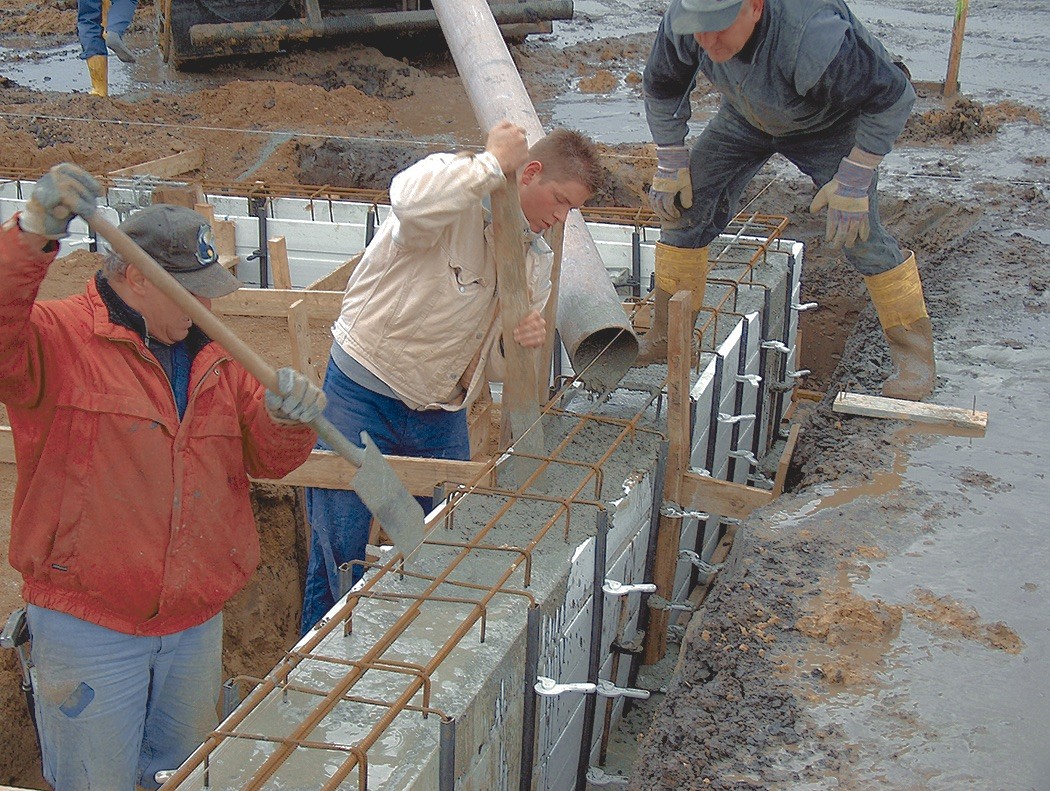
The Advantages of Using Plastic Concrete Forms
Efficiency and Ease in Construction
When it comes to construction, time and ease are critical factors that can significantly impact the overall success and cost-effectiveness of a project. One innovative solution that has gained popularity in recent years is the use of plastic concrete forms. These forms offer a myriad of advantages over traditional methods such as wood or metal forms, making the construction process both easier and faster.
Lightweight and Easy to Handle
One of the primary benefits of plastic concrete forms is their lightweight nature. Unlike wooden or metal forms, which can be cumbersome and heavy, plastic forms are easy to transport, manipulate, and position. This reduces the physical strain on workers and accelerates the setup process. Builders can quickly and efficiently move plastic forms into place, minimizing downtime and boosting productivity.
Durability and Reusability
Plastic concrete forms are known for their durability. They can withstand the rigors of construction environments without warping, rotting, or rusting. This longevity means that plastic forms can be reused well over a hundred times, leading to cost savings and reduced waste. In contrast, wooden forms often need frequent replacement due to damage or degradation, and metal forms can suffer from corrosion. The reusable nature of plastic forms ensures that projects can proceed without the delays associated with repairing or replacing damaged forms.
Precision and Consistency
Another advantage of plastic concrete forms is their ability to provide precise and consistent shapes. Plastic forms are manufactured to exact specifications, ensuring uniformity and accuracy in the final concrete structures. This precision reduces the need for adjustments or corrections, speeding up the overall construction process. Consistent form shapes also contribute to the structural integrity and aesthetic quality of the completed project.
Ease of Assembly and Disassembly
Plastic concrete forms are designed for easy assembly and disassembly. They often feature interlocking systems or modular components that can be quickly and securely put together. This simplifies the construction process, allowing workers to focus on pouring and finishing the concrete rather than spending excessive time on form setup. Additionally, the ease of disassembly means that forms can be quickly removed once the concrete has set, facilitating a faster transition to subsequent construction phases.
Improved Safety
Safety is a paramount concern on any construction site. The lighter weight and ease of handling associated with plastic concrete forms reduce the risk of injuries related to lifting and moving heavy objects. Furthermore, plastic forms eliminate the hazards associated with splintering wood or sharp metal edges, creating a safer working environment for construction personnel. This enhanced safety translates to fewer accidents and a more efficient workflow.
Environmental Benefits
The use of plastic concrete forms also aligns with sustainable construction practices. Their durability and reusability reduce the need for raw materials, diminishing the environmental impact associated with producing new forms. Additionally, many plastic forms are made from recycled materials, further contributing to eco-friendly construction efforts. By choosing plastic forms, builders can support green initiatives while enjoying the practical benefits of this innovative solution.
Conclusion
In conclusion, plastic concrete forms represent a significant advancement in construction technology, offering numerous advantages that make the building process easier and faster. Their lightweight nature, durability, precision, ease of assembly, improved safety, and environmental benefits collectively enhance the efficiency and effectiveness of construction projects. As the industry continues to evolve, the adoption of plastic concrete forms is likely to increase, paving the way for quicker, safer, and more sustainable construction practices.





